Variable ND Filters
Paul Malley • 27 June 2022
Filter : In the bag
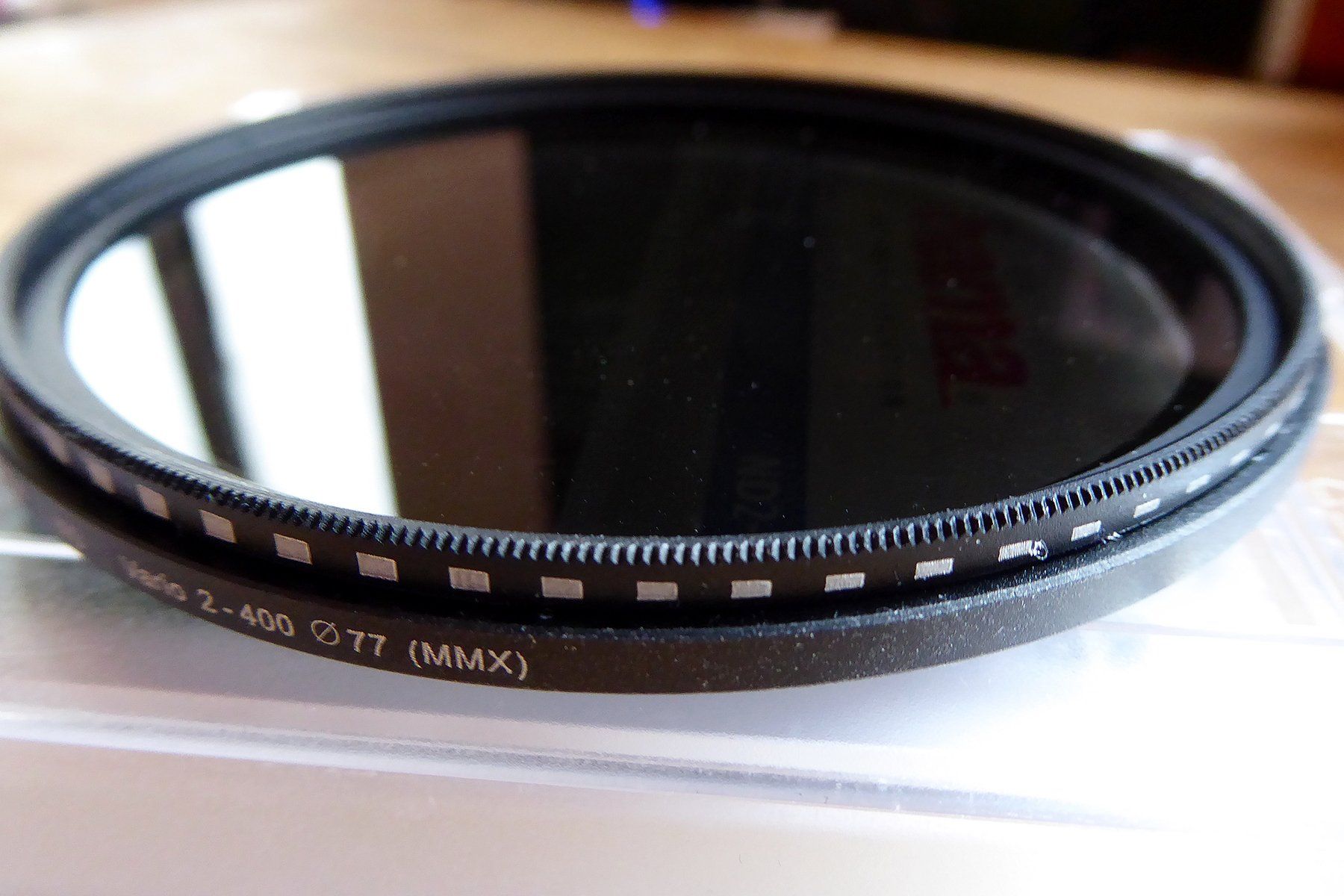
Sitting alongside the Polarising Filter in my bag is a Grey, Variable, Neutral Density (ND) Filter. The function of the ND Filter is to restrict the amount of light passing through the Lens, with the intention of extending the time the Shutter needs to be open (from short, through to long exposure times).
There are many different ND Filters available and those often favoured for Landscape Photographers include 'hard' or 'soft' graduated, to balance the sky and ground; these come in different sizes and ranges to cover exposure differences and are given in 'Exposure Stops, or EV'. They also range in price as each manufacturer chases the technology to get the perfect colour neutral balance needed. The more expensive sets allow a combination of square or rectangular ND factored Filters to be 'stacked', allowing addition of factor application.
A further popular ND is the 'non-graduated' which, as its name implies is a singular factor across the filter area, so the light passage through is consistent to all areas of the film or sensor. Perhaps you have seen some Seaside shots with milky seas, with exposures often running into minutes, with the use of a 8-10 or even a 15 factor filter (usually called a 'Big Stopper'?)
In recent times, manufacturers have attempted to accommodate a 'Jack of all trades' ND, so that, rather than having to buy a set of 5-6 filters of different factors, a single rotational Filter could attempt to do a similar task). Now, we don't go into the discussion that "5 single Prime Lenses are better than 1 Zoom lens debate... - but I must say, the unit I have works rather well. My Variable ND Filter is from Hama, 77mm dia (which fits all my lenses) and simply screws into the front element of the Lens; this makes the first part of the coating 'fixed', allowing rotation of the forward part to either lighten or darken the image. It starts at 1stop and goes through to 8stop, although the 8stop end makes the image very, very dark. As expected, the exposure needs to be worked out before the Shutter is depressed. As you're likely to (let's say) be taking a river in flow, or waterfall, you will be already on a Tripod and a low ISO with an Aperture value to manage your Depth of Field. I take a base reading prior to fitting the Filter, in manual, and focus manually. Then applying the ND Factor in Stops, use either the timer or Bulb mode to take the image, with a remote controller.
I will say it's worth taking a few images in raw, as it takes some getting used to, but confidence is gained by the histogram curve. I did try to be clever and see what it would do by applying a Polarising Filter to the front of the ND Filter - it's a disaster, as its basically 3 Polarising layers and they attempt to counteract each other, from a small central exposure area to a 90% blackout. Ah well, learning has taken place. If you get an opportunity to try this Filter, the range of options is considerable, although it helps to pre-visualise both the static and dynamic end result you're after.
There are many different ND Filters available and those often favoured for Landscape Photographers include 'hard' or 'soft' graduated, to balance the sky and ground; these come in different sizes and ranges to cover exposure differences and are given in 'Exposure Stops, or EV'. They also range in price as each manufacturer chases the technology to get the perfect colour neutral balance needed. The more expensive sets allow a combination of square or rectangular ND factored Filters to be 'stacked', allowing addition of factor application.
A further popular ND is the 'non-graduated' which, as its name implies is a singular factor across the filter area, so the light passage through is consistent to all areas of the film or sensor. Perhaps you have seen some Seaside shots with milky seas, with exposures often running into minutes, with the use of a 8-10 or even a 15 factor filter (usually called a 'Big Stopper'?)
In recent times, manufacturers have attempted to accommodate a 'Jack of all trades' ND, so that, rather than having to buy a set of 5-6 filters of different factors, a single rotational Filter could attempt to do a similar task). Now, we don't go into the discussion that "5 single Prime Lenses are better than 1 Zoom lens debate... - but I must say, the unit I have works rather well. My Variable ND Filter is from Hama, 77mm dia (which fits all my lenses) and simply screws into the front element of the Lens; this makes the first part of the coating 'fixed', allowing rotation of the forward part to either lighten or darken the image. It starts at 1stop and goes through to 8stop, although the 8stop end makes the image very, very dark. As expected, the exposure needs to be worked out before the Shutter is depressed. As you're likely to (let's say) be taking a river in flow, or waterfall, you will be already on a Tripod and a low ISO with an Aperture value to manage your Depth of Field. I take a base reading prior to fitting the Filter, in manual, and focus manually. Then applying the ND Factor in Stops, use either the timer or Bulb mode to take the image, with a remote controller.
I will say it's worth taking a few images in raw, as it takes some getting used to, but confidence is gained by the histogram curve. I did try to be clever and see what it would do by applying a Polarising Filter to the front of the ND Filter - it's a disaster, as its basically 3 Polarising layers and they attempt to counteract each other, from a small central exposure area to a 90% blackout. Ah well, learning has taken place. If you get an opportunity to try this Filter, the range of options is considerable, although it helps to pre-visualise both the static and dynamic end result you're after.
Louth Photographic Society
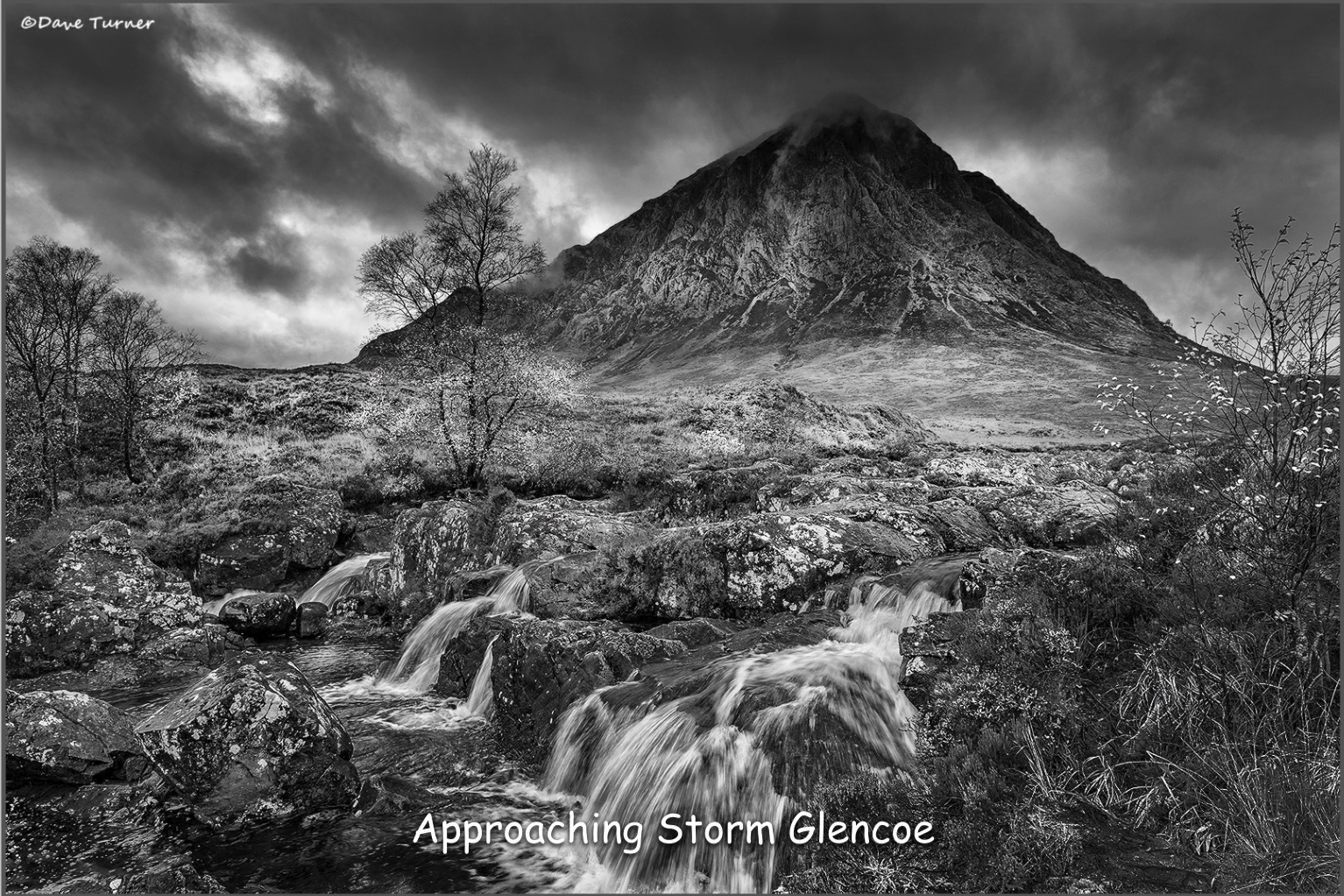
Last night members were treated to a showing of the LPA (Lincolnshire Photographic Association) Mono Group presentation. Three of our members, Dave Turner, Richard Hildred, and Chris Birchmore are members of the LPA Mono Group. Dave Turner excellently presented this showcase of the Mono Groups work, many of the images presented were stunning, and inspirational. A simple photo of a padlock on a gate took on a different dimension when presented in monochrome, and landscape photography becomes dramatic in monochrome, especially with a moody sky. It was a very interesting, and well attended evening. Thank you to Dave Turner for presenting, and Dave Mann for the refreshments.

Good Morning All Last week at the club we held a committee meeting, with all committee members in attendance. Harry will once again run the Christmas raffle on our buffet and quiz night, if any member wants to donate a prize, Harry can now accept them, obviously if it's a perishable prize then bringing it in on the night would be better. We are holding a 70th anniversary exhibition next year at the Louth Museum, if any member has local prints that they think may be suitable to put in the exhibition you can bring them to the club any time now. Derek has done a blog on the night with more information. This week, Wednesday 3rd December, we are viewing the LPA mono groups presentation, Dave Turner is a member of the group and will talk us through what the group do and if time allows show us some of his own mono prints. Don't forget to bring your prints along this week for the print competition, with the categories "People" and "Open", to be held the following week, email your titles to Dave Turner in advance please. Regards Graham
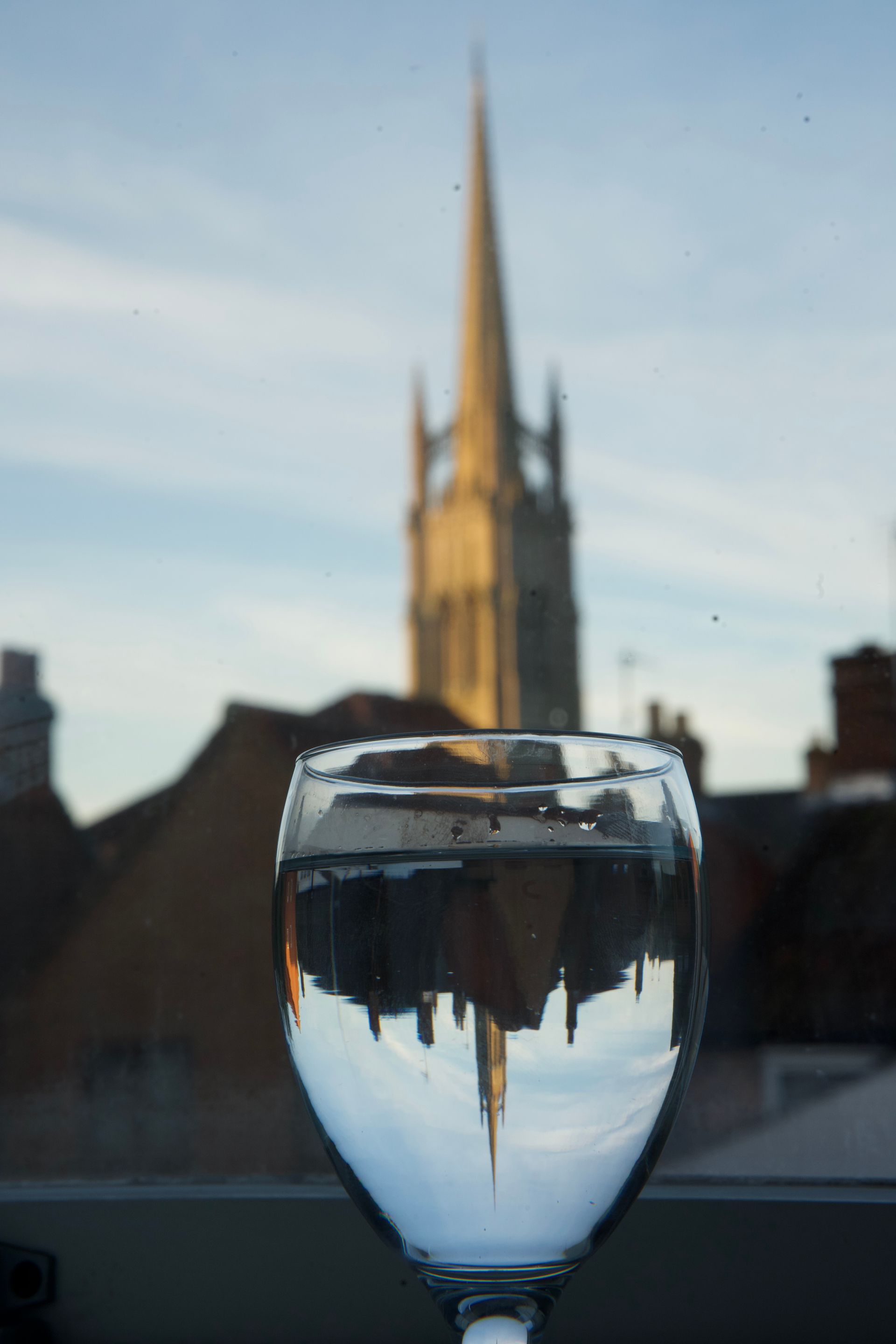
We held a Committee meeting last night in place of a regular meeting. The Committee meets twice a year to discuss items pertinent to effective, and smooth running of our Society. The Society celebrates 70 years of continuous operation next year, and we intend to show an exhibition of photographs taken over those years at the Louth Museum. The LPA Battles print competition will be held next year, and consists of 3 rounds held at photographic clubs throughout Lincolnshire, with a final round held at Nettleham. Louth has been drawn to meet with camera clubs in Grantham, and Axholme, and as you can understand this will entail a far amount of travelling. There is a proposal to the LPA which is currently under consideration which would reduce each club entry to 10 prints and for the whole competition to be held at Nettleham in 2027. Our current annual project is “Prime Time”, that is one photo for each month of the year taken with a fixed focal length lens, a prime lens, my choice for this year has been a 45mm lens, which is a full frame 90mm lens. Members show their annual project photos in the January of the following year. The Committee has decided on the project theme for next year as “Water”, which should give members a chance to demonstrate some creativity, as can be seen from the attached image. Our Christmas social event will be held on the 17th December, a buffet will be provided, there will be a quiz, and a raffle, the door entry charge will be £3 for the evening.

Good Morning All Last week at the club we held our PDI of the year, it was a well-attended event and thanks to Harry's organisation skills it all ran very well. Congratulations go to all the subject winners: Pictorial, Harry Kerman, Record, Dave Evans, Portrait, Derek Smith, Photojournalism, David Evans, Landscape, Dave Turner and Natural History, Graham Harrison. The overall winner was Harry Kerman. Well done Harry a great photograph of a White Cosmos. All the top three in each subject are on our website Competition page. Don't forget if you are entering the December print competition, with the categories of "People" and "Open" send your titles to Dave Turner please. The prints need bringing in a week on Wednesday. This week, Wednesday 26th November, we are holding a committee meeting, committee members only for this one please. For newer members we hold two committee meetings a year to organise events and the smooth running of the club. Regards Graham

Last night we held our PDIOTY (PDI of the Year) competition, our judge for the evening was Jorg Malinowski. These annual competitions are an opportunity for members to showcase their best images from the year, some of course from the monthly competitions, as such the competition entries were of an extremely high standard. Jorg performed an excellent job of judging the entries, and the results are all on the website Competition page. Congratulations to Harry Kerman for gaining the title of PDI of the Year with his White Cosmos image.
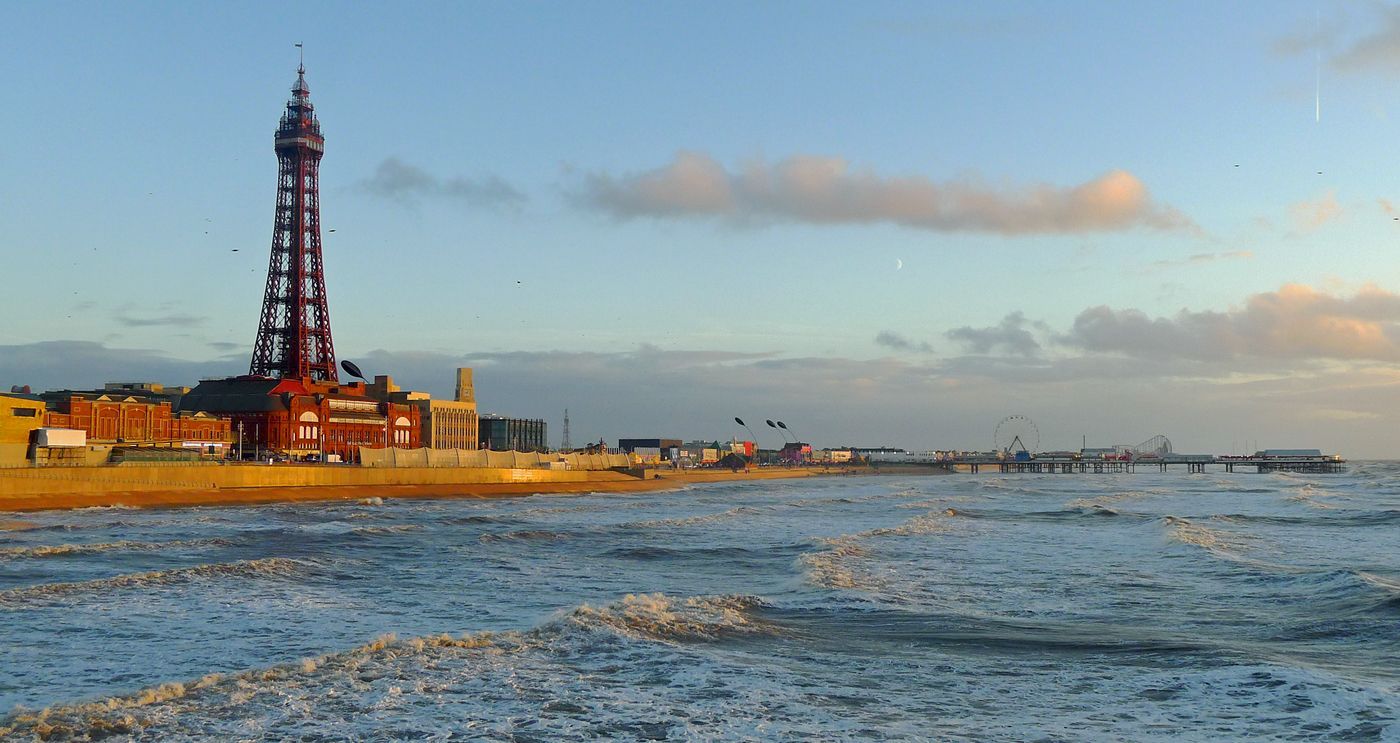
Good Morning All While we were away the other week we did have a walk around Blackpool. I only took my compact camera which I bought in 2011 but it still works ok and takes decent photographs. It is a Panasonic LX5 which fits in a pocket and is useful now and again. Last week we had mini lectures; photographs we had taken on this year's outings. Four members took part with Richard Hildred filling in with wedding photography from forty odd years ago, a very interesting look at how Richard went about photographing weddings, very different from today with far less photographs been taken. The outings did show we managed to photograph insects and birds on our walks around Red Hill and Rimac. I finished the evening with photographs taken in Somerset and Devon in 2020. This week, Wednesday 19th November, we hold our PDIOTY (PDI of the year) to be judged by Jorj Malinowski of Lincoln. It will be an evening of our best photography and we have just over fifty entries. The NEMPF exhibition acceptances have now been decided, well done to Dave Turner who had two accepted and I managed one acceptance myself. The standard for acceptance is very high, we had four members enter twenty nine PDI'S all together and only three acceptances . We had a lot of near misses, the score required was twelve and we had twelve elevens between us. You will see the exhibition at our club next year. Regards Graham
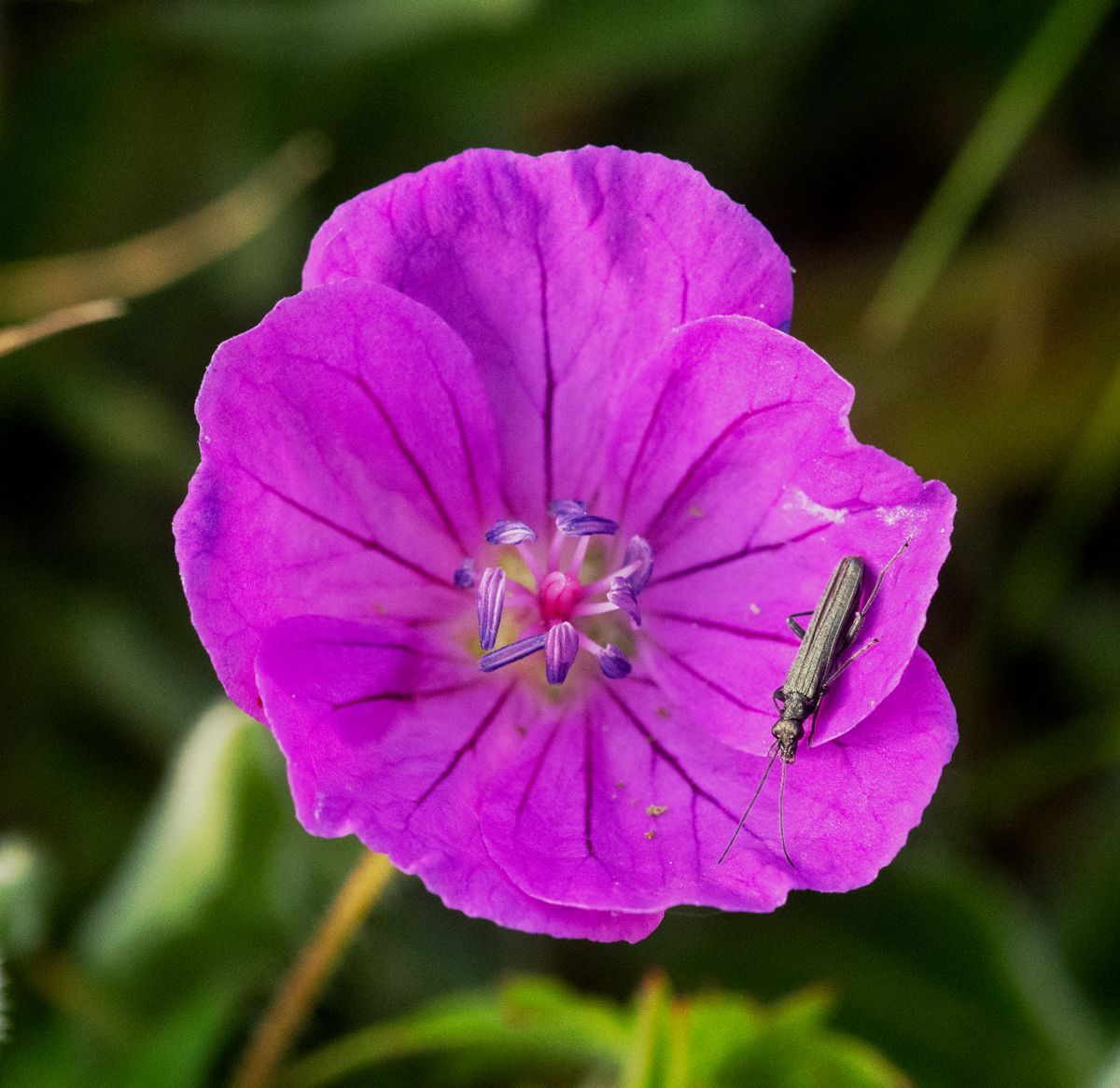
At our meeting last night members gave a series of mini lectures with 3 members showing images from the club outings to Red Hill, and Rimac. The meeting was completed by Richard Hildred showing some of his early slides. One of the principles of our Society is that we feature workshops, and outings into our annual programme, because the best way to learn photography is to work with other photographers to understand aperture, shutter speed, and ISO. In June at the Red Hill nature reserve the idea was to capture some macro images of the local insect life, and the orchids at this location. Laying, or kneeling in the grass to get close to the insects, or flowers, our members would begin to understand depth of field with using different apertures, each photographer will have his own method of achieving optimum exposure, and sharpness. Personally I tend to use aperture priority mode (A or Av on the mode dial), auto focus, and “rock” gently back and forwards to gain the focus on the subject. At Rimac, members had a lot more latitude to photograph some bird-life, or landscapes. These are some sample images from the Red Hill, and Rimac nature reserves.
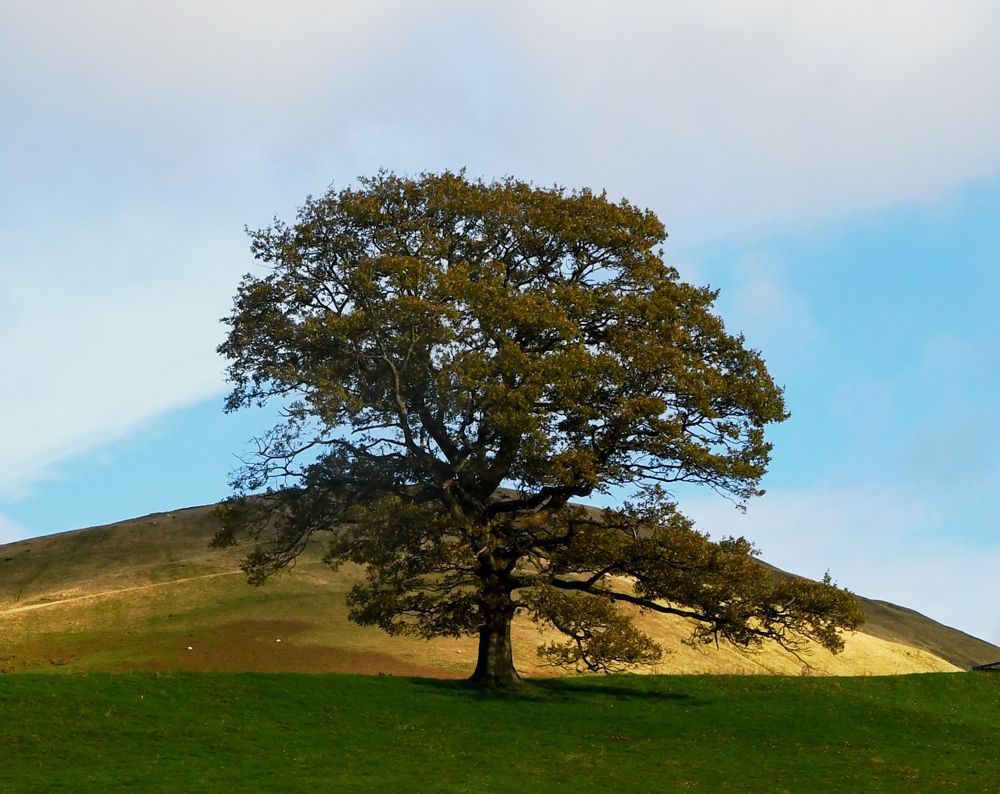
Good Morning All A few more photographs from Sedbergh. Sedbergh has a tree that stands out, not quite as Sycamore gap was but on top of a hill with Crook Fell behind it. I did walk to the top of Crook Fell, got a bit wet but a dramatic sky. Last week at the club we had an excellent presentation from Mike Bennett LRPS DPAGB EFIAP BPE3* Mike showed us some of his latest photographs and as Derek's blog says, the sharpness and exposure accuracy of Mike's photographs was second to none. There is a full report on our blog. This week, Wednesday 12th November, we are holding a mini lecture night, camera club outings that we went to this year, which was Rimac and Red Hill. We have four members taking part plus Richard Hildred has offered to show us some more older transparencies. The four are Myself, Dave Turner, Chris and Paul Twomey. Don't forget to send your PDI of the year entries to Harry by midnight Wednesday (12th) Regards Graham
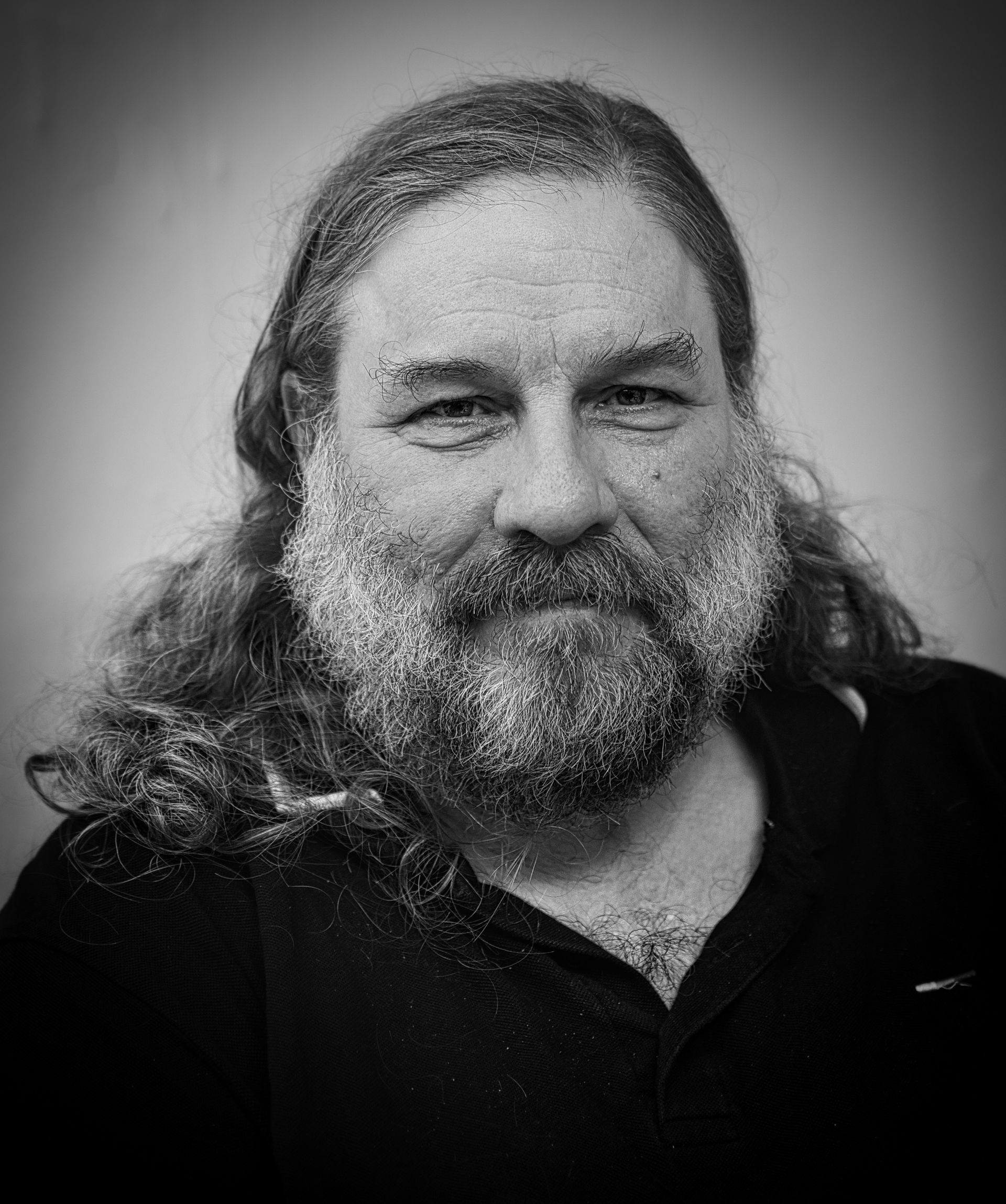
Our speaker last night was the highly talented Mike Bennett, he presented the club with some amazing photographs. For the first half of the presentation he showed many portraits, with the backgrounds skilfully changed, and several composited images. Included in this first half were many travel photos from Serbia, many of the buildings showing the scars of the civil war, photos from Budapest, and Austria. His wildlife photos of pelicans taken at Lake Kerkini in northern Greece were amazing, even though the weather wasn’t all that favourable, and that completed the first half of the evening. After the break, Mike showed us his wildlife photos from the game reserve in Eswatini, (bordering South Africa). The bird photos were very sharp, many of the species such as the Rollers, Vultures, and Ibis are only to be seen in Africa, Mike explained the four “F’s” of bird photography, Flying, Fighting, Feeding, and … yes you’ve guessed it being Friendly. Various other animals were shown, lions, crocodiles, rhino, elephants impala, and warthogs. It was interesting to see the extreme close-up photographs of the rhino, and elephants, as Mike explained those animals are big grey lumps, and sometimes a more interesting photo can be an extreme close-up detailing the skin texture. Mike related how their safari vehicle became held up by a herd of elephants on the track ahead, then a big bull elephant passed behind the vehicle close enough to touch, but of course the group of photographers had to sit absolutely still, until the herd of elephants passed. I was most struck by the photos of the cheetahs, with the photographers walking amongst them!! my favourite from this set was of the cheetah walking up the track pictured on a rise against the sky. The editing, sharpness, and colours from Mike’s photographs was very impressive, it was an extremely good presentation, many thanks Mike.
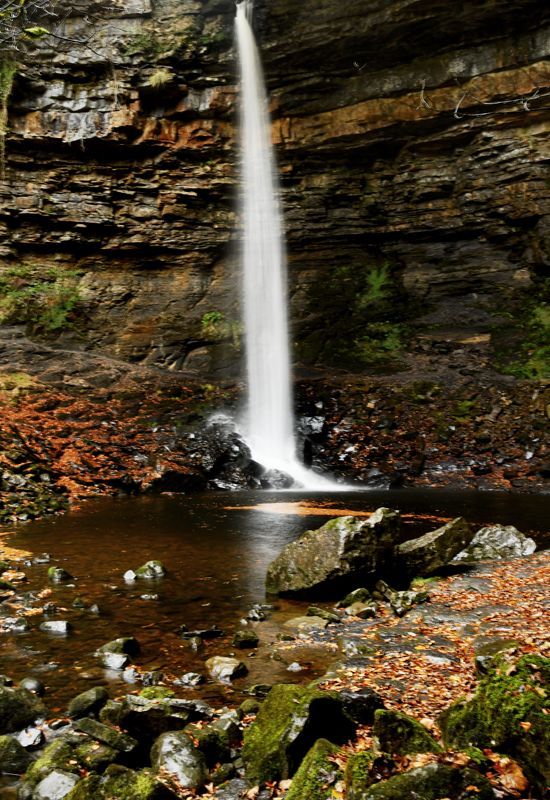
Good Morning All We have just got back from a week staying at Sedbergh, Cumbria. We had varied weather but not too much rain and some really good light for taking photographs. There is no shortage of water up there the rivers and waterfalls are flowing well. Last week at the club Harry Kerman gave a talk on one of his favourite subjects, flowers. I was not there but going by the blog Harry demonstrated how he goes about taking his photographs with some stunning photographs to show what can be done. This week, Wednesday 5th November, Mike Bennett from Cleethorpes will be our speaker, Mike likes to tell a story with his photographs and seeing some of his talks before it will be an excellent evening. Today, (Sunday) it is the LPA PDI club competition at Nettleham village hall near Lincoln. 1.30 pm for 2pm start. If you have nothing on this afternoon why not go along and see how we get on. The week after (12th November) we hold a series of mini lectures, with this year's club outings as the topic. If you would like to take part, email me please and I will see how many members want to take part. Harry is also taking entries for this year's PDI of the year, all the rules are on our website but any image that has not been in a PDI of the year before and there are six subjects with a maximum of six photographs in all. Closing date is 12th November. Regards Graham
